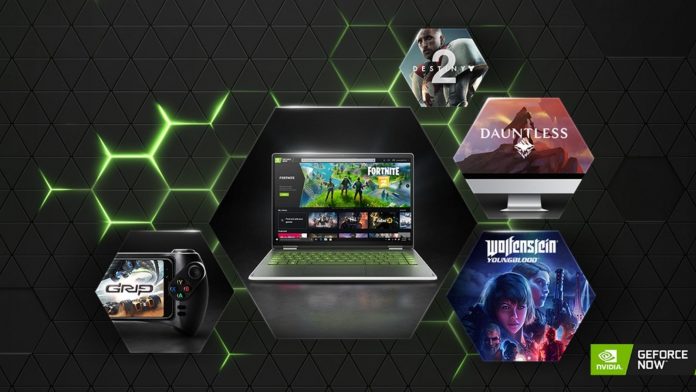Nvidia’s Geforce Now is one of the most successful game streaming services available in the market right now. And now, It has released its GeForce Now cloud gaming service beta edition for Chrome web browsers and M1 Macs. GeForce Now had apps for Android and Windows 10 computers. But, it spread to an even broader audience with the beta launch of Chromebooks in August of 2020, and then followed up by beating Google’s Stadia to iOS smartphones with a web app workaround that lets users stream games via the Safari web browser.
Theoretically, this will mean that anybody with a Chrome browser would only go to GeForce Now’s website and start playing some pretty high-end games without any problems. There is a dedicated app for new M1 Mac customers that needs to be enabled first to access the service smoothly. Nvidia’s also proposed several other improvements for consumers to make the service run smoothly. This involves the development of dedicated game shortcuts.
The service is only available in selected areas. In 2020, this cloud-based game streaming service that links to Google Stadia was out of beta in North America and Europe. Like other game streaming platforms, the app uses its GeForce graphics cards to control gamers on personal computers, android phones, and Shield TVs. Interestingly, since then, the service has been open to consumers by selling a Founders edition of $4.99 (roughly Rs. 350) per month in addition to a free tier. This is considerably cheaper than Google Stadia, which still brings 4K video on its own, but at $9.99 a month.
However, unlike Stadia, GeForce Now does not carry any games with its subscription service but allows users to essentially play their game library anytime if they subscribe to GeForce Now. For the time being, the service is available in small areas and allows consumers to have a fast internet connection and not to be too far away from Nvidia’s servers to ensure low latency for gaming. Currently, the firm has nine data centers in North America and six in Europe, which it says will cover 80 percent of internet homes within 20 milliseconds.
The company suggests a 15 Mbps or better service, 30 Mbps for 1080p60 playback, and 50 Mbps for the optimum experience. The service, however, has no 4K alternative as of now, which could need quicker internet connectivity when 4K is eventually made accessible to gamers.
Follow and connect with us on Facebook, Linkedin & Twitter

